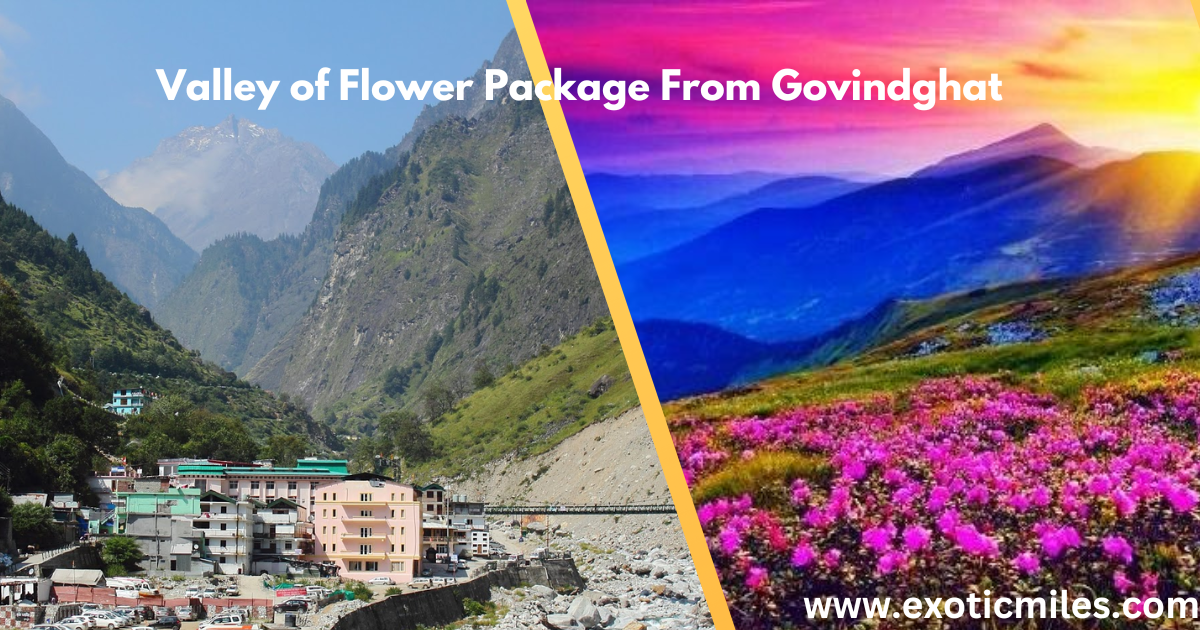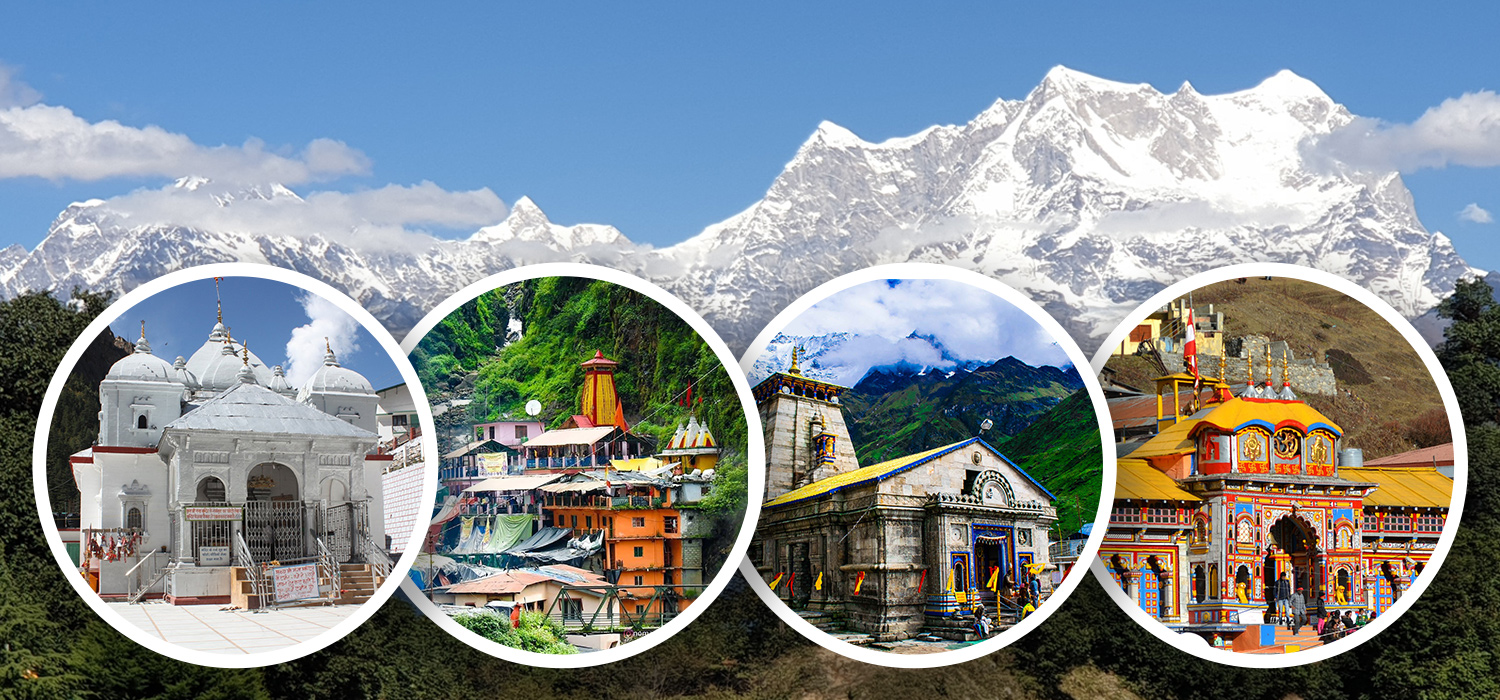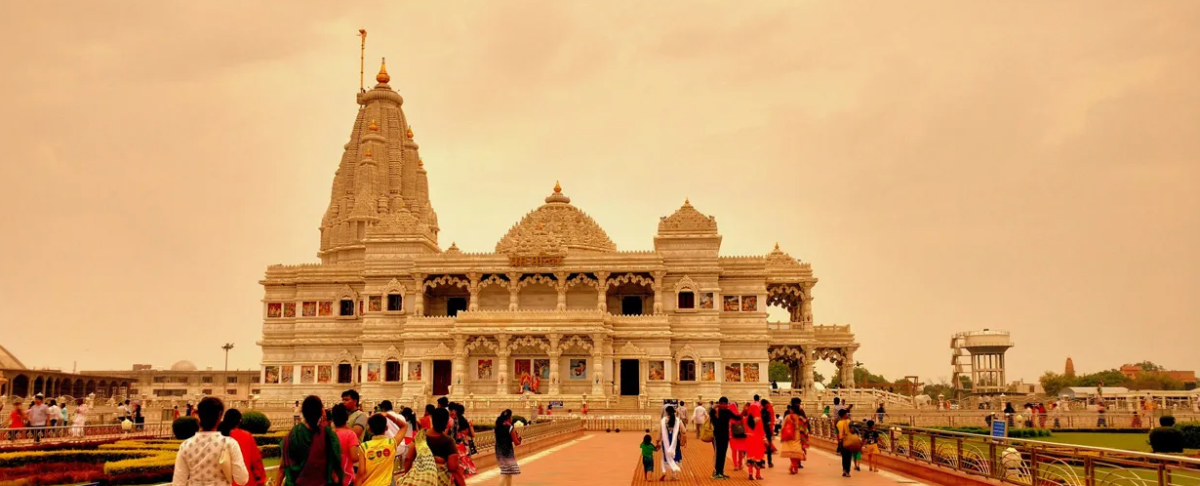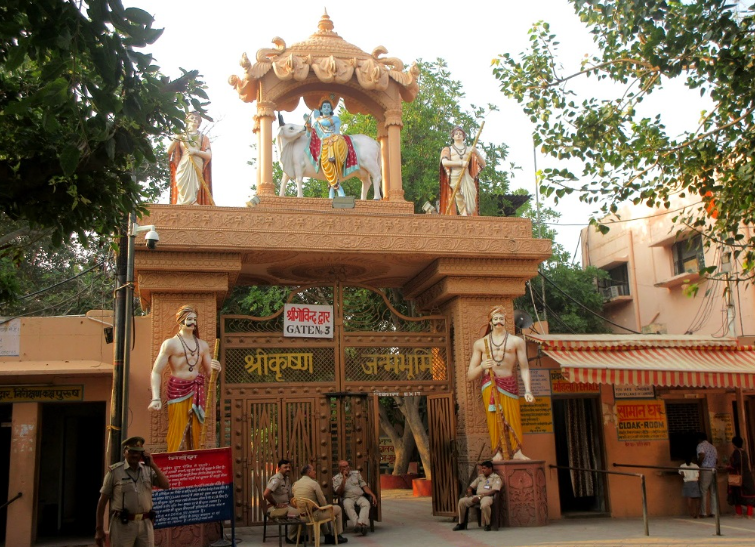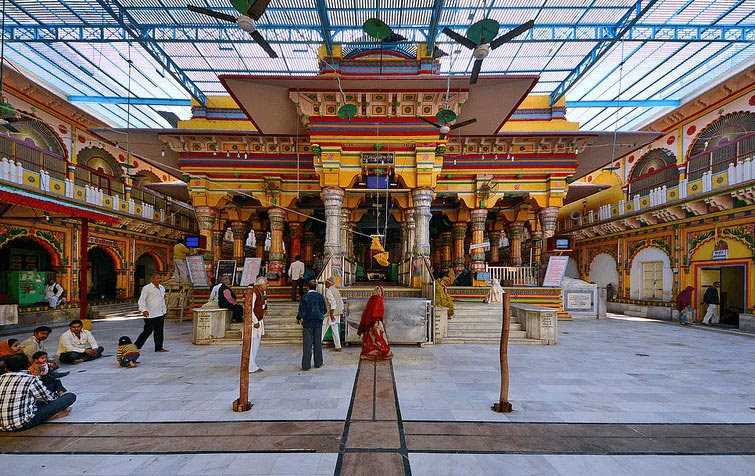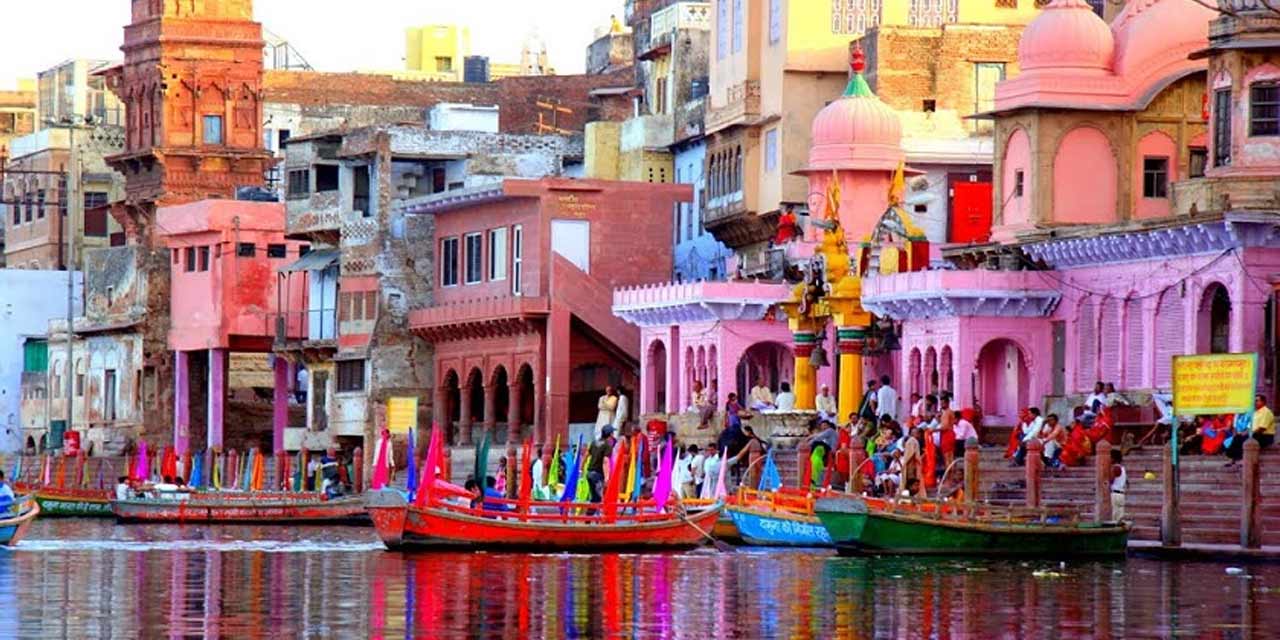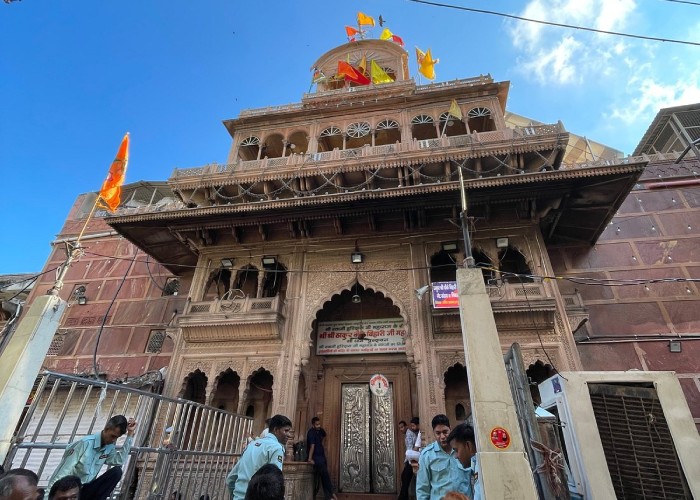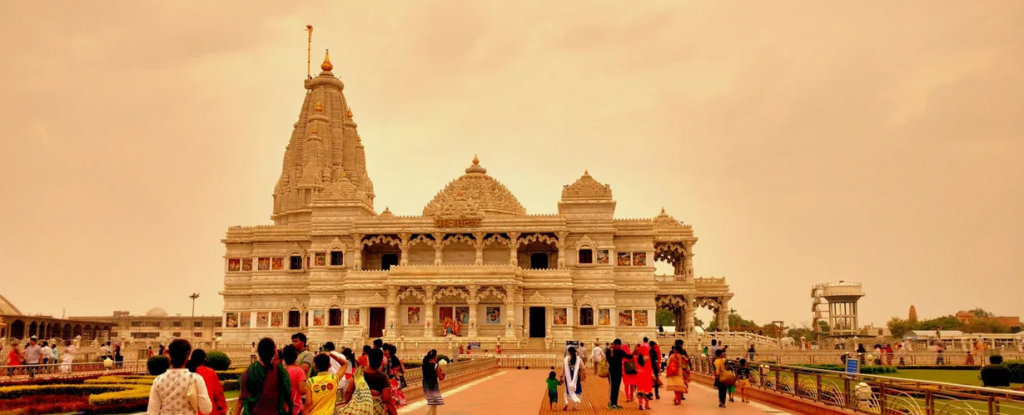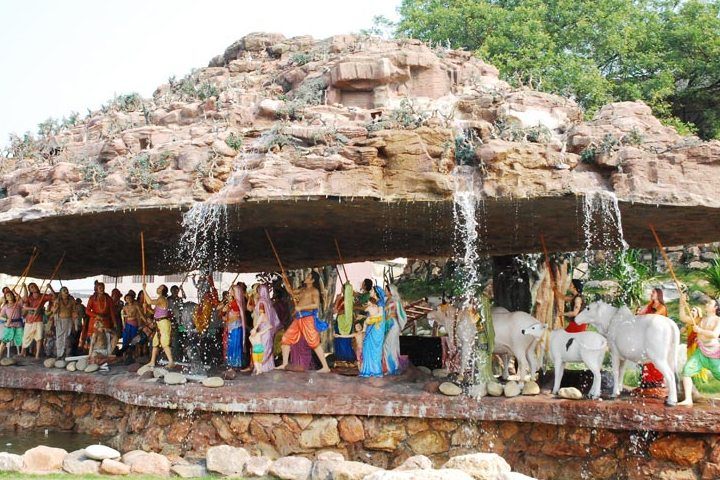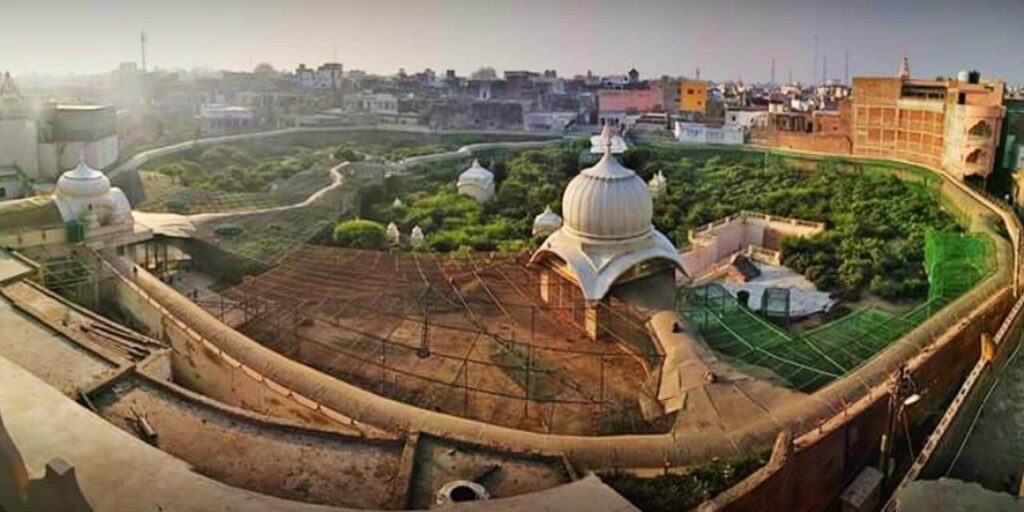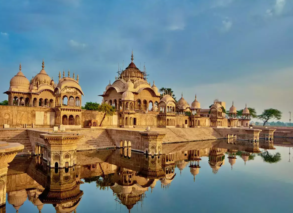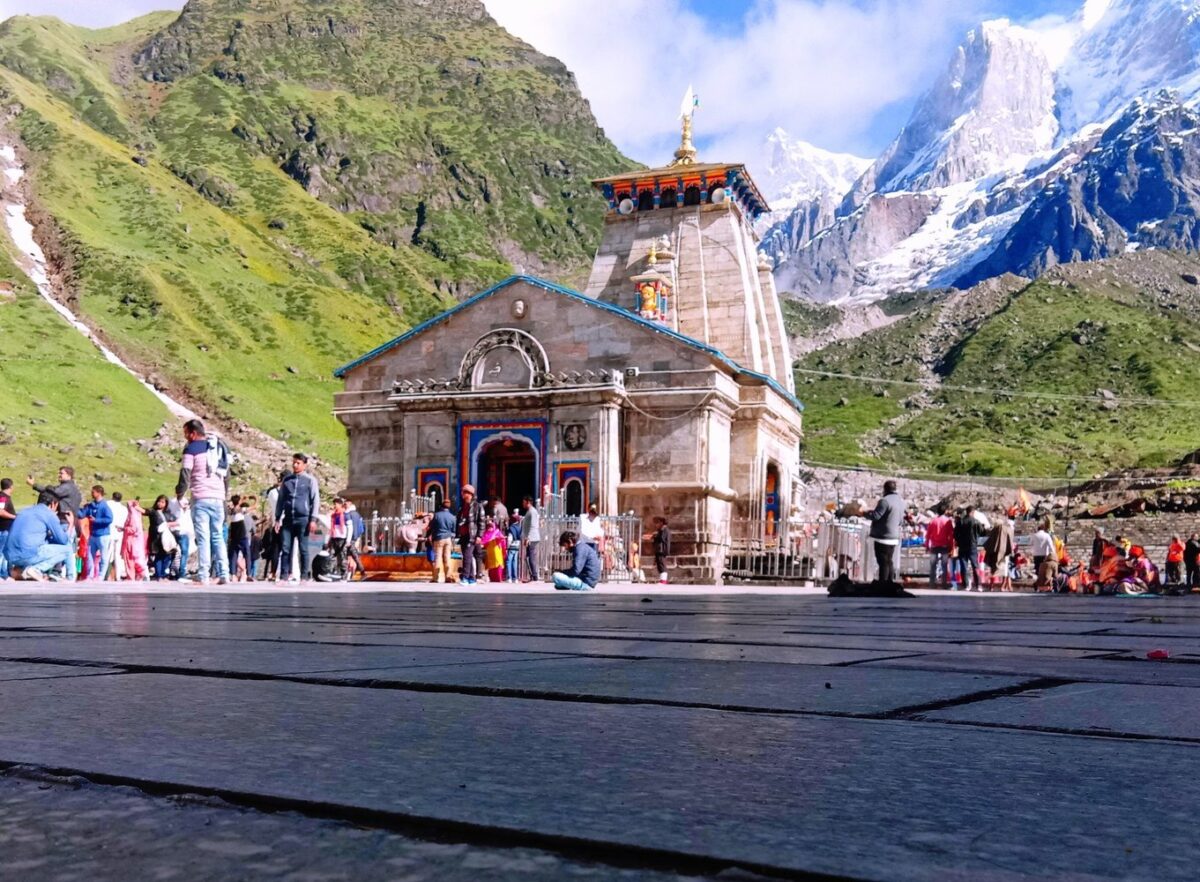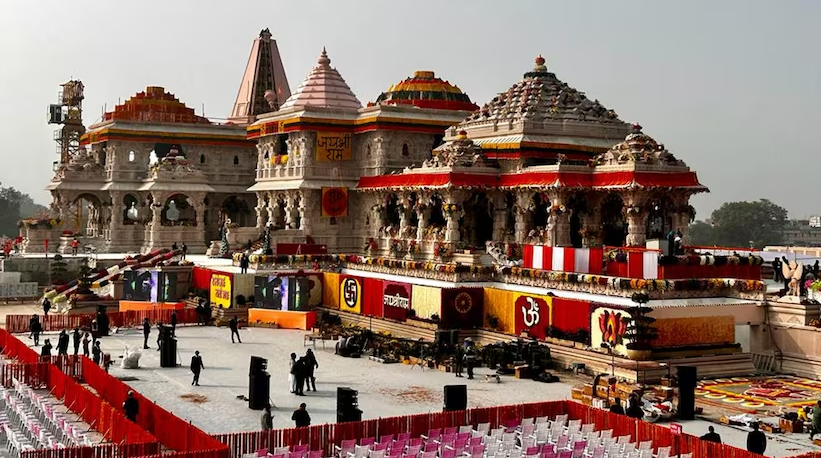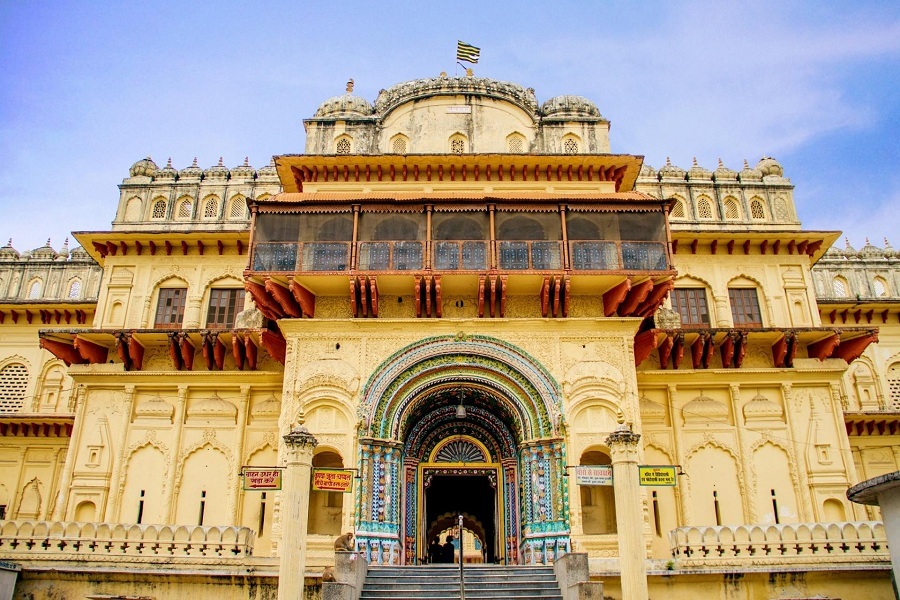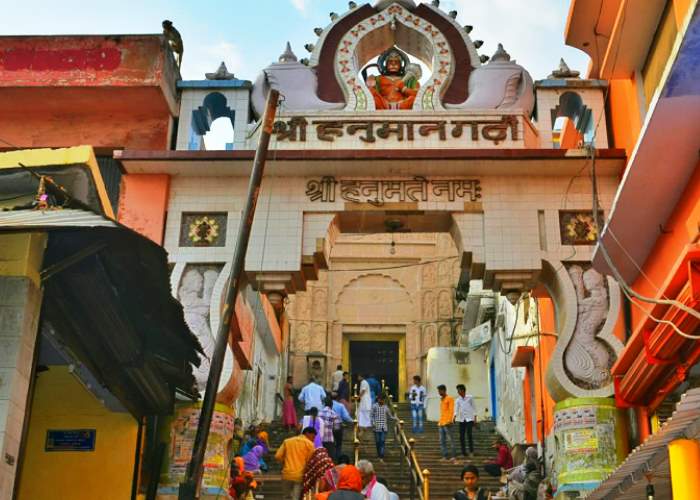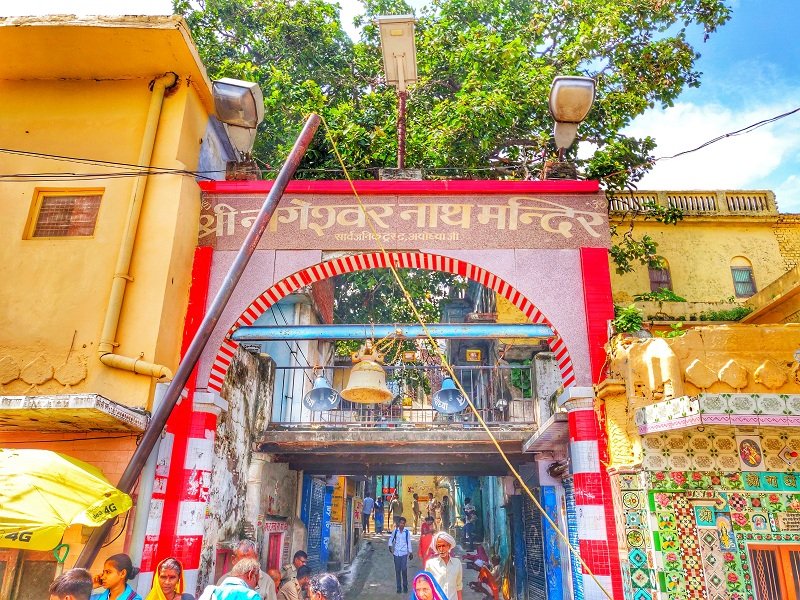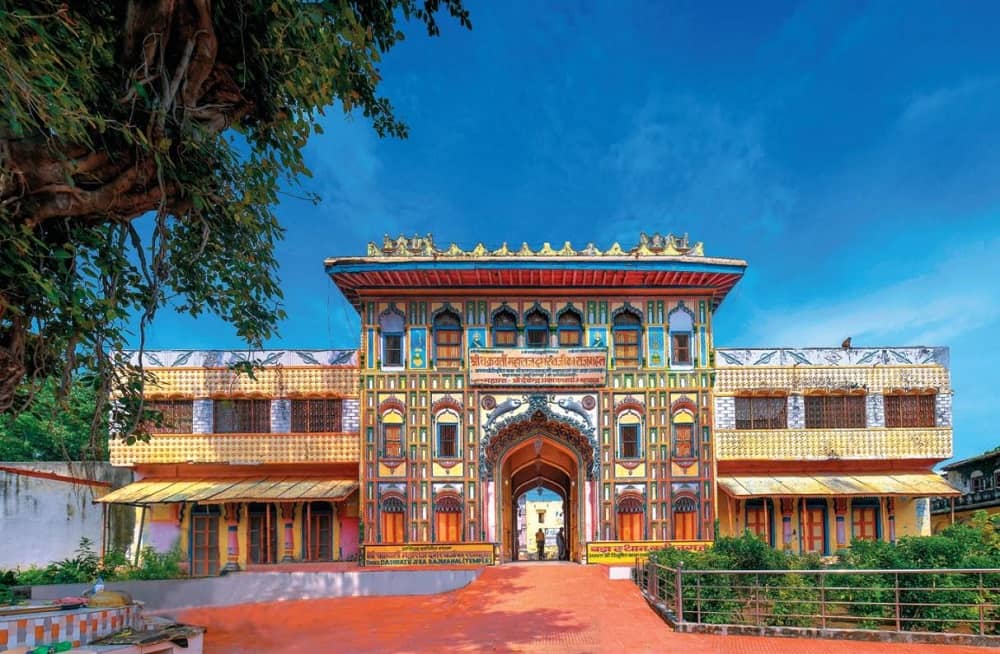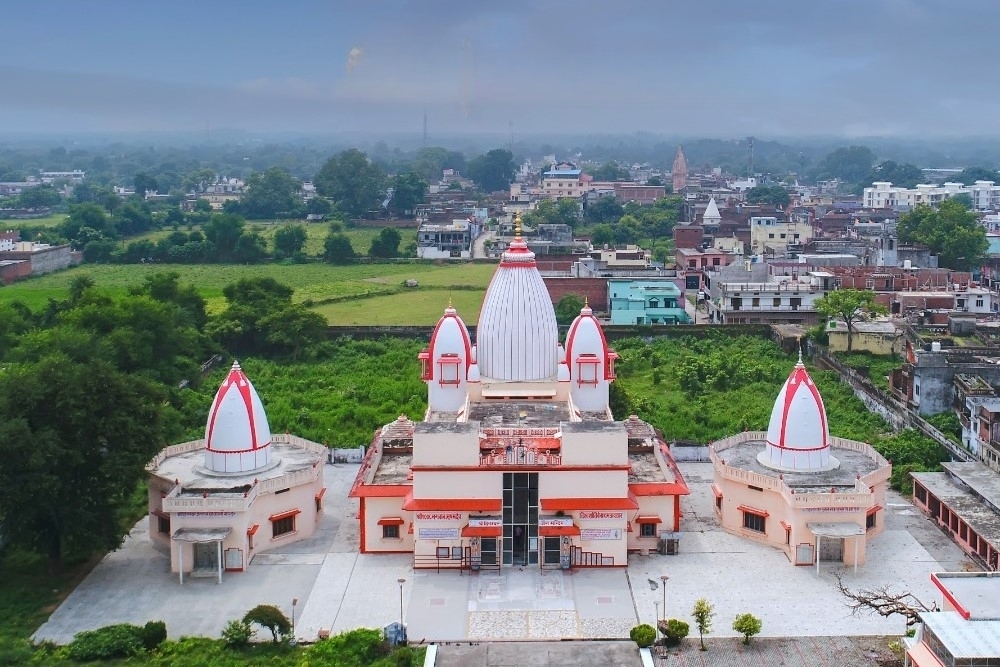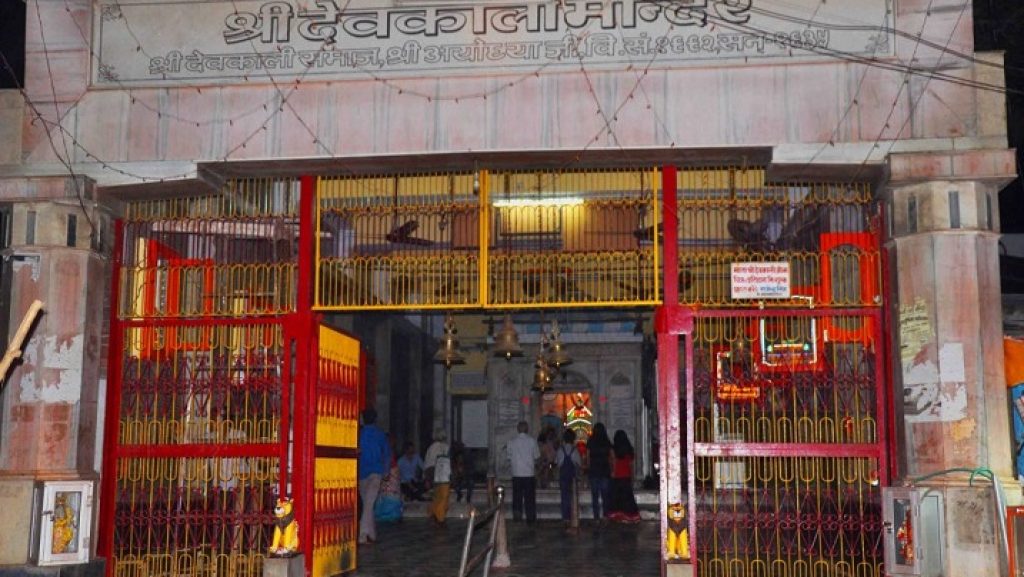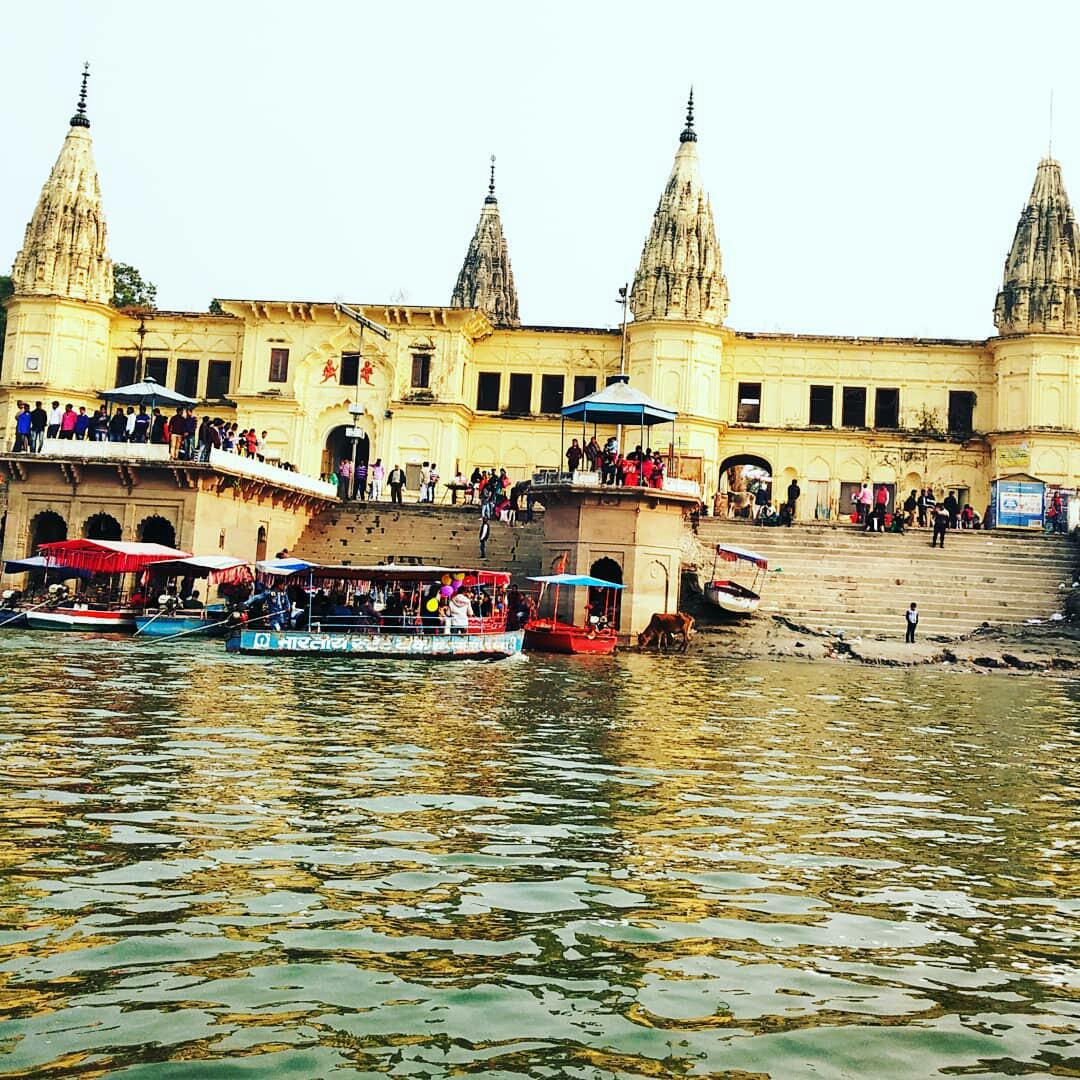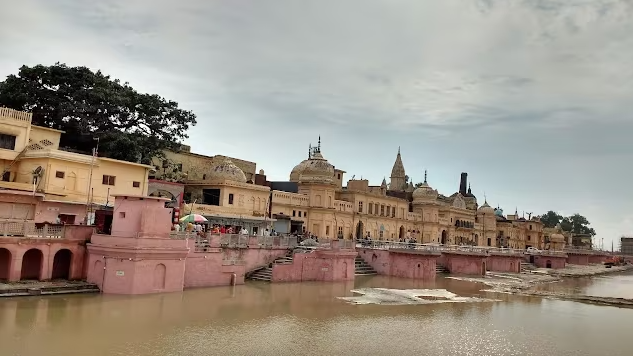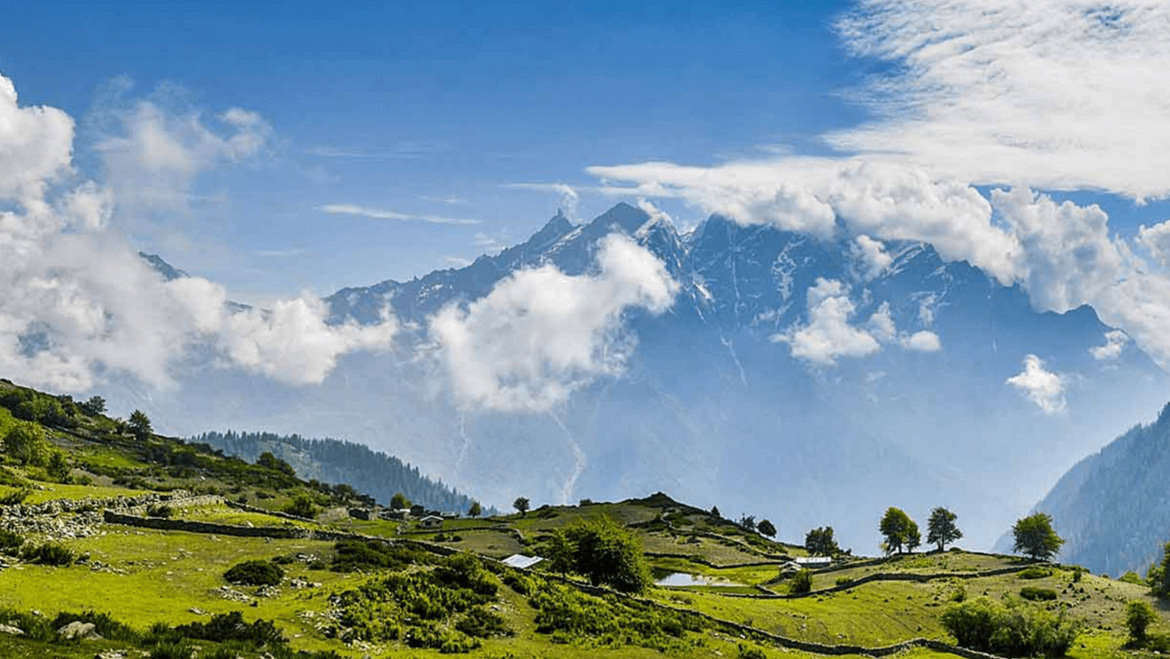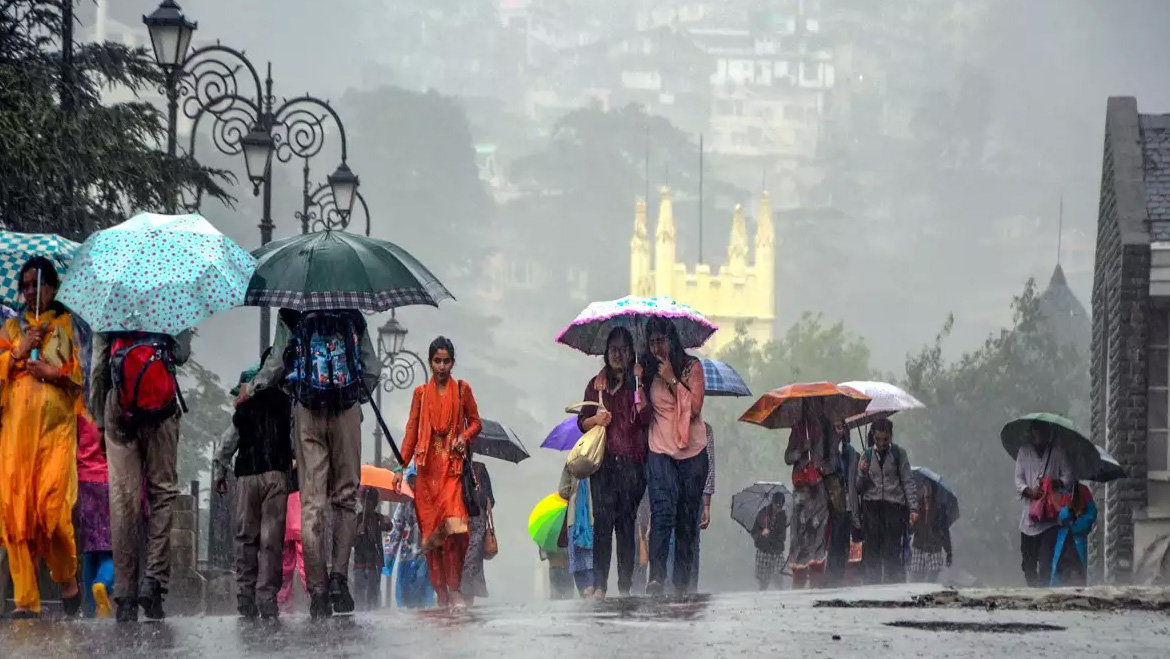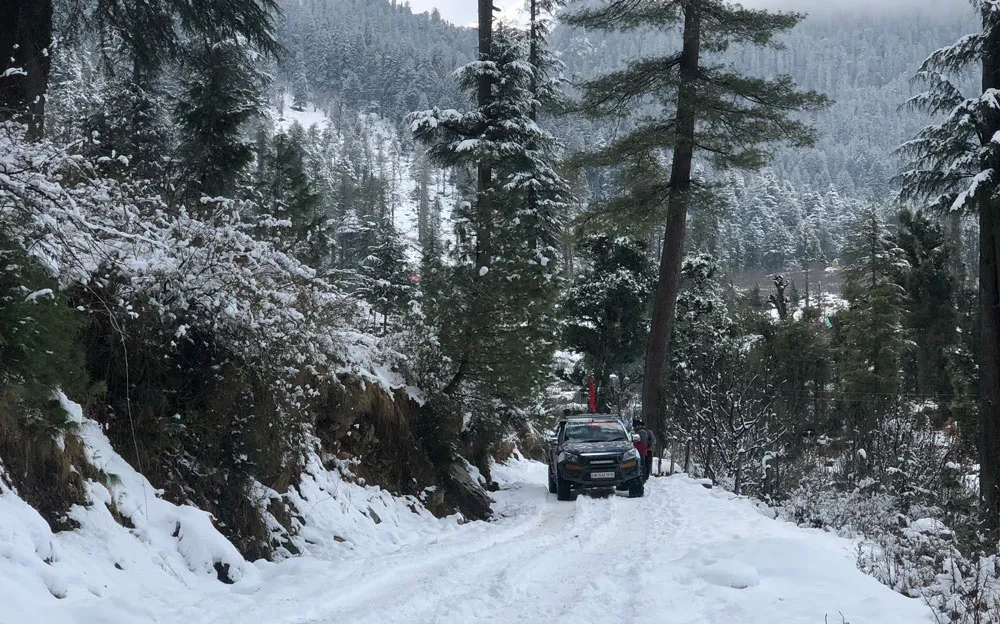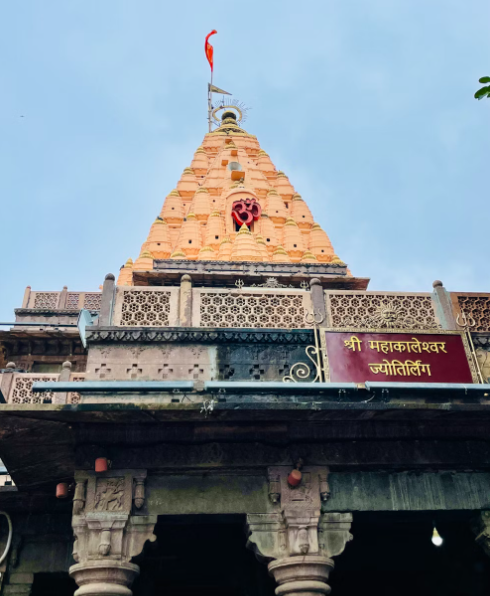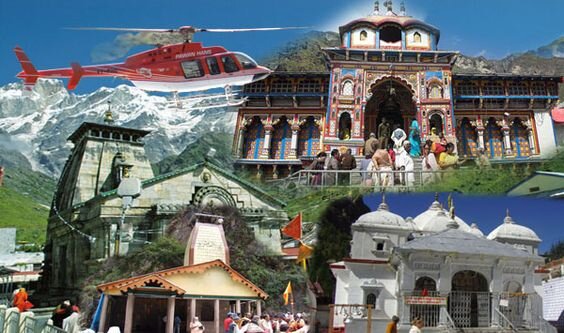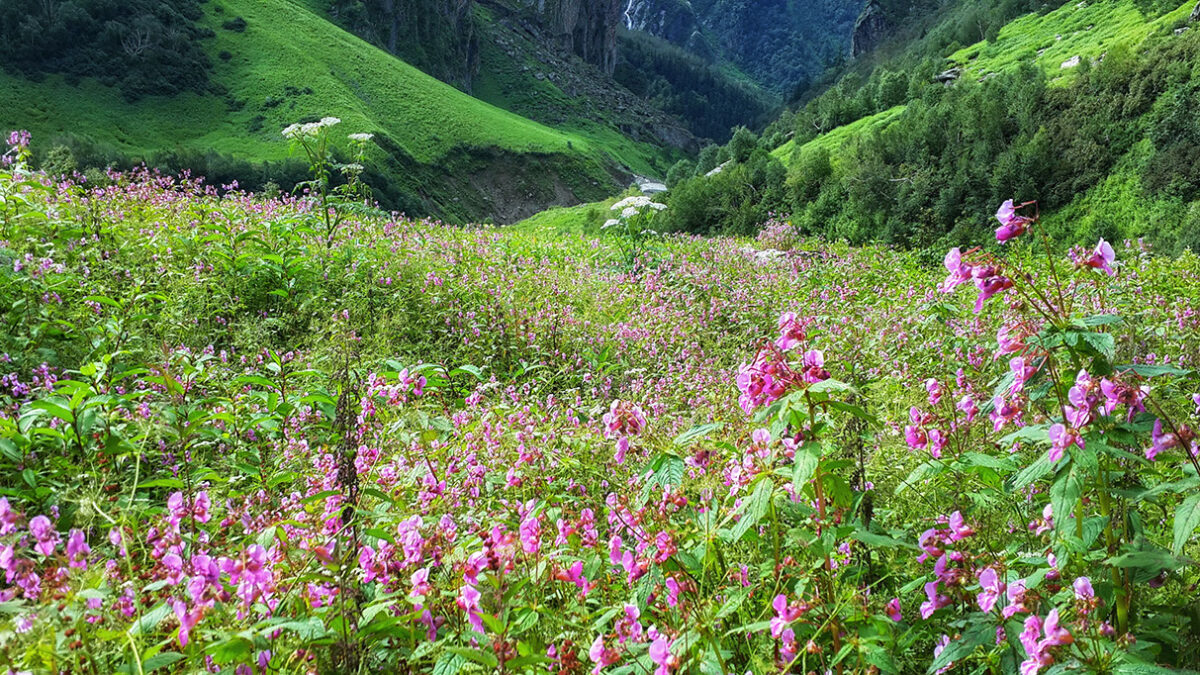Maharashtra, a state in western India, is not only known for its bustling cities, scenic landscapes, and rich cultural heritage, but it is also home to some of the most sacred jyotirlingas dedicated to Lord Shiva. These jyotirlingas hold immense religious significance and attract devotees from all over the world. In this spiritual journey, we will explore the top 5 jyotirlingas in Maharashtra and delve into the legends, architectural marvels, and natural beauty that surround them.
Trimbakeshwar Temple
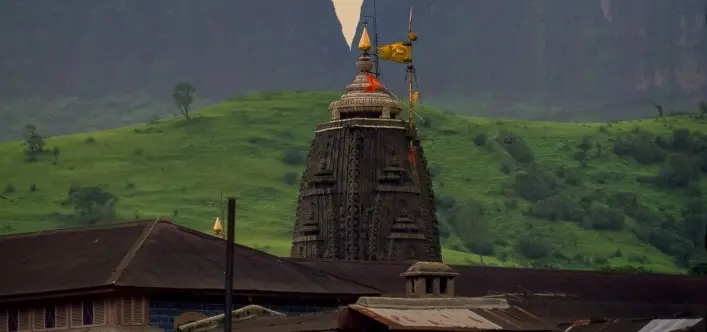
Nestled in the town of Trimbak, near Nashik, Trimbakeshwar Temple is the first jyotirlinga on our sacred journey. This temple holds a special place among the 12 most important jyotirlingas in India. What sets Trimbakeshwar apart is its unique three-faced black stone jyotirlinga, representing Lord Brahma, Lord Vishnu, and Lord Shiva himself. The legends associated with this temple add to its popularity, particularly the origin of the holy river Ganga.
According to the legend, Maharishi Gautama was tricked by Lord Indra into committing a sin. To atone for his actions, the Maharishi needed to take a holy dip in the river Ganga. However, Ganga resided in Lord Shiva’s jata (hair). In response to the Maharishi’s request, Lord Shiva asked Ganga to step on the earth. Reluctantly, she complied, but she made sure to keep disappearing to avoid being found by the Maharishi. Eventually, the Maharishi discovered Ganga at Kushavarta, within the premises of Trimbakeshwar Temple. This divine tale adds a sense of wonder and reverence to the temple.
Architectural Splendor and Natural Beauty
Trimbakeshwar Temple is not only revered for its spiritual significance but also admired for its architectural splendor. The temple showcases the Hemadpanti style of architecture, characterized by intricate carvings, pillars, and domes. The surrounding hills of Brahmagiri, Nilagiri, and Kalagiri further enhance the temple’s scenic beauty, providing a serene and peaceful atmosphere for devotees.
How to Reach Trimbakeshwar Temple
Trimbakeshwar Temple is easily accessible from Nashik, which is well-connected by road, rail, and air. The nearest airport is Ozar Airport, located about 40 kilometers away. From there, one can hire a taxi or take a bus to reach the temple. Nashik Road Railway Station is the closest railhead, with regular trains connecting it to major cities. Several state-run and private buses also ply between Nashik and Trimbakeshwar.
Bhimashankar Temple
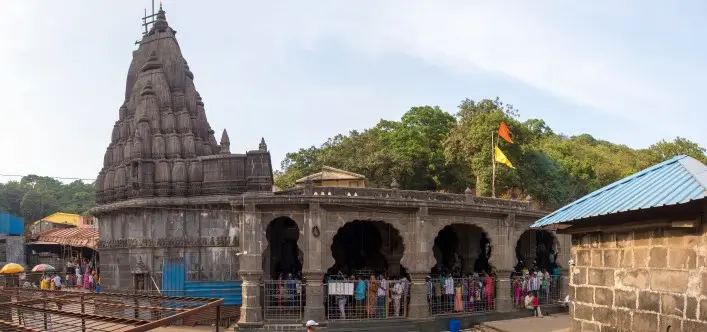
The Mythical Tale of Bhimashankar
Located in the scenic surroundings of Pune, Bhimashankar Temple is associated with a fascinating mythological tale. According to the legend, three demon brothers named Tarakaksha, Vidyunmali, and Kamalaksha sought the favor of Lord Brahma through intense penance. When Lord Brahma appeared before them, they asked for the magical three cities, collectively known as Tripuri, to be placed in heaven, sky, and earth. However, there was a catch – only someone who could destroy the three cities with a single arrow could kill the demon brothers.
Lord Shiva, known for his prowess, accepted this challenge and destroyed Tripuri with his powerful Pashupatastra, eliminating the demon brothers. After the battle, Lord Shiva rested on a mountain, which is now the site of Bhimashankar Temple. This captivating legend adds a sense of awe to the temple’s spiritual ambiance.
A Divine Blend of Spirituality and Nature
Bhimashankar Temple not only offers a spiritual experience but also provides an opportunity to immerse oneself in the beauty of nature. Surrounded by lush greenery and the Bhimashankar Wildlife Sanctuary, this temple serves as a haven for nature lovers and wildlife enthusiasts. Trekking enthusiasts can also explore the thrilling trails that lead to the temple, offering a unique blend of adventure and spirituality.
How to Reach Bhimashankar Temple
Bhimashankar Temple is located approximately 100 kilometers from Pune, making it easily accessible by road. Regular bus services operate between Pune and Bhimashankar, providing a convenient mode of transportation. Pune Railway Station is the nearest major railhead, connecting the city to various parts of the country. For those traveling by air, Pune Airport is the closest airport, offering both domestic and international flights.
Parli Vaijnath Temple
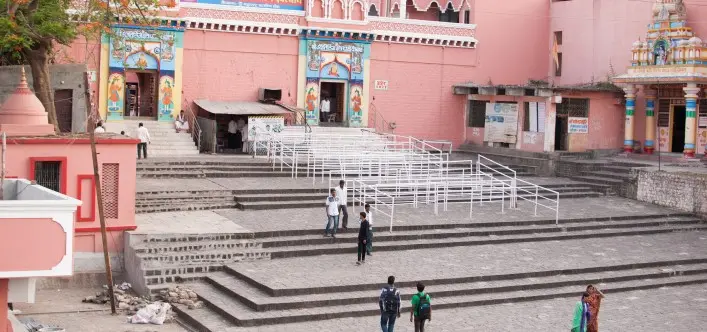
The Enchanting Legend of Parli Vaijnath
Perched atop a hill in the Beed district of Maharashtra, Parli Vaijnath Temple holds a unique place among the jyotirlingas. The temple is dedicated to Lord Shiva in the form of Vaidyanath, the healer of all diseases. The name “Parli Vaijnath” is derived from the abundance of medicinal herbs found in the surrounding forests.
Legend has it that the temple is closely associated with the great saint Sant Namdev. Once, when Sant Namdev was singing bhajans inside the temple, the priest, considering him of a lower caste, expelled him. Undeterred, the saint continued singing on the backside of the temple. Miraculously, the temple rotated itself to face the saint, symbolizing the divine acceptance of all devotees, regardless of their caste or social status.
Hemadpanti Architecture and Devotion
Parli Vaijnath Temple showcases the grandeur of Hemadpanti architecture, with its intricate carvings and stone structures. The temple’s design and craftsmanship are a testament to the rich cultural heritage of Maharashtra. As devotees enter the temple, they are greeted by a sense of serenity and devotion that permeates the atmosphere.
How to Reach Parli Vaijnath Temple
To reach Parli Vaijnath Temple, one can fly to Latur Airport, which is the nearest airport. From there, it is a short journey by road to the temple. The town of Parli is well-connected by road, making it easily accessible by bus or private transport. For those traveling by train, Parli Railway Station is the closest railhead, with regular trains connecting it to major cities.
Aundha Nagnath Temple
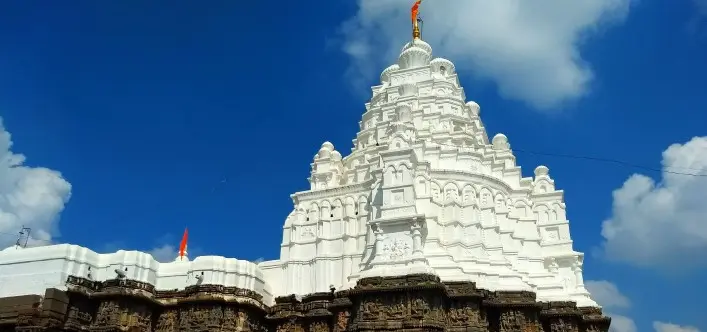
The Ancient Origins of Aundha Nagnath
Aundha Nagnath Temple, located in the Hingoli district of Maharashtra, is believed to be the first jyotirlinga to appear on earth. The temple holds a special place in Hindu mythology and is closely associated with the Pandava brothers from the epic Mahabharata. It is said that Yudhishtir, the eldest of the Pandavas, constructed this temple during their 14 years of exile.
The temple’s historical significance is further enhanced by its association with Sant Namdev, a prominent saint-poet of Maharashtra. Legend has it that Sant Namdev composed and sang devotional songs in front of the temple, captivating the hearts of all who heard him.
Offbeat Charm and Spiritual Significance
While Aundha Nagnath Temple may not be as well-known as some of the other jyotirlingas in Maharashtra, it exudes a unique charm and spiritual significance. The temple’s serene surroundings and the nearby forests, which are believed to house medicinal herbs, create a tranquil atmosphere for devotees seeking solace and spiritual connection.
The temple’s architecture reflects the Hemadpanti style, characterized by its simplicity and elegance. The sanctum sanctorum houses the revered Shiva Lingam, attracting devotees from far and wide.
How to Reach Aundha Nagnath Temple
Reaching Aundha Nagnath Temple can be done by flying to Nanded Airport, which is the nearest airport. From there, travelers can hire a taxi or take a bus to reach the temple. Parbhani Railway Station is the closest railhead, with regular train services connecting it to major cities. Aundha Nagnath is well-connected by road, making it easily accessible by bus or private transport.
Grishneshwar Temple
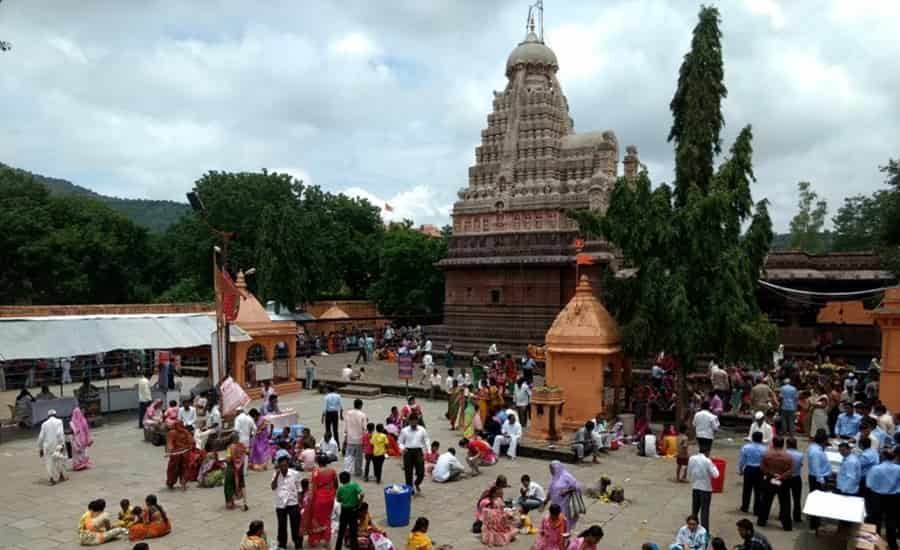
The Sacred Story of Grishneshwar
Our spiritual journey concludes with Grishneshwar Temple, located in the Verul area of Aurangabad. This temple is not only a jyotirlinga but also an architectural marvel. Inside the temple, devotees can witness an east-facing jyotirlinga, along with a statue of Nandi, Lord Shiva’s divine vehicle. The temple’s rock bed and the 24 majestic pillars in the courtyard are testaments to its grandeur.
The legend associated with Grishneshwar Temple revolves around the devout couple, Brahmavetta Sudharm and Sudeha. Despite their immense faith in Lord Shiva, they remained childless. Sudeha, in desperation, asked her sister Ghushma to marry Sudharm. Ghushma would make 101 jyotirlingas every day and immerse them in a nearby lake, hoping for a child. Finally, Lord Shiva blessed the couple with a son. When Sudeha murdered the newborn out of jealousy, Ghushma continued her devotion, making and immersing 101 jyotirlingas once again. Pleased with her unwavering devotion, Lord Shiva restored the child’s life and granted Ghushma’s wish to stay at the temple and bless all devotees. Thus, the temple came to be known as Grishneshwar, or Ghushmeshwar.
How to Reach Grishneshwar Temple
Grishneshwar Temple is conveniently located in the Verul area of Aurangabad, making it easily accessible by road. Aurangabad is well-connected by air, with Aurangabad Airport serving as the nearest airport. From there, one can hire a taxi or take a bus to reach the temple. Aurangabad Railway Station is the closest railhead, offering regular train services to major cities.
Conclusion
Embarking on a spiritual journey through Maharashtra’s jyotirlingas is an experience like no other. These sacred temples not only offer a glimpse into ancient mythology but also provide a serene and peaceful atmosphere for devotees seeking solace and divine blessings. From the architectural splendor of Trimbakeshwar to the offbeat charm of Aundha Nagnath, each jyotirlinga has its own unique story and significance. So, plan your visit to Maharashtra and immerse yourself in the spiritual aura of these magnificent jyotirlingas.

